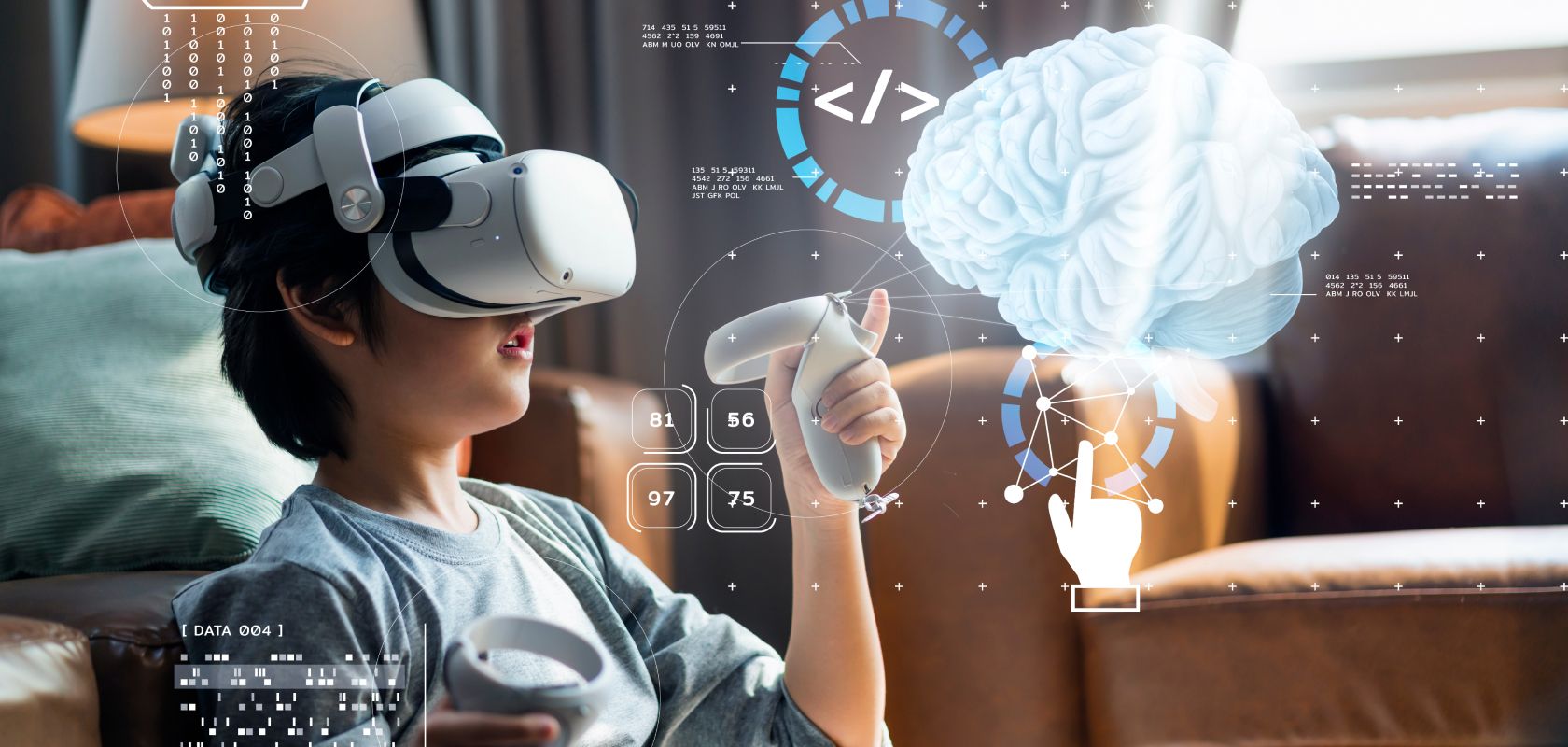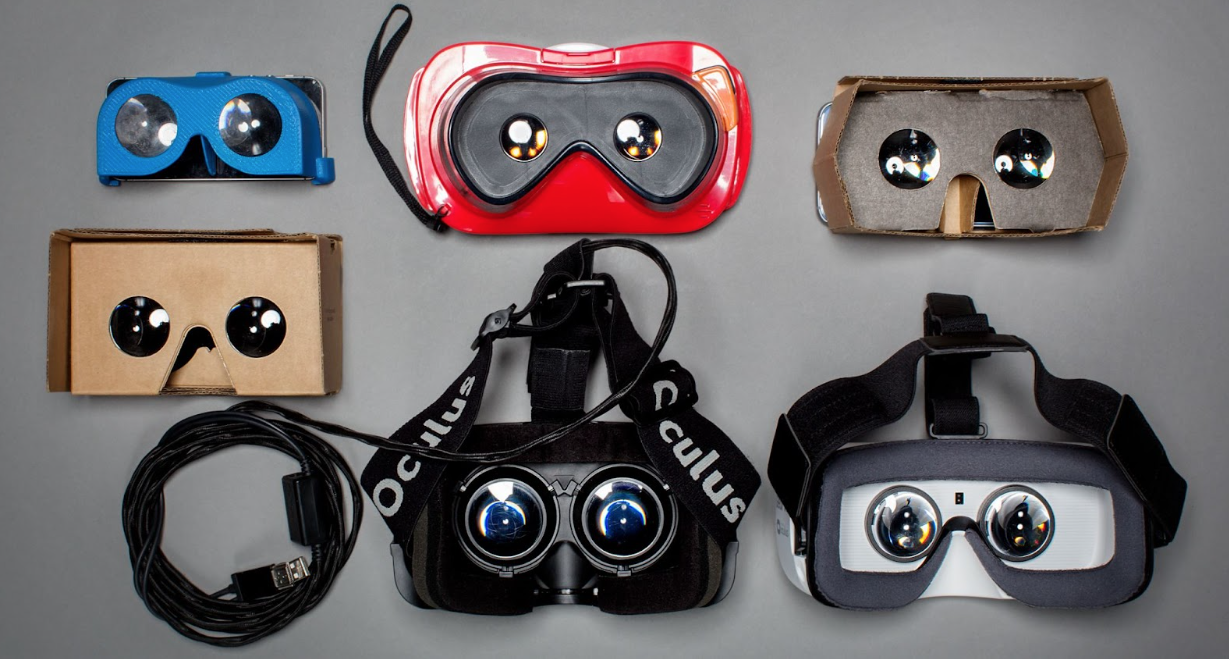Salesforce in Pharma: A Prescription for Success
In the fast-paced world of the pharma industry, managing customer relationships, data, and sales processes efficiently is paramount. Salesforce, a...
Tonic3 develops and executes strategies that drive profit through Digital Transformation. Practically that means we are built to help clients hone the right strategy, implement the right technology, and build the right long-term capabilities to deliver lasting transformation.
Industries
We believe that effective technology helps people succeed in their daily lives. So we help our clients engineer useful technology for their clients, partners, and employees. That translates to every major industry, but over the years we’ve developed several core areas of expertise.
3 min read
Juan Bautista Sigler : Oct 20, 2023 12:11:45 PM

Over the past year, we've seen some significant changes in how we enjoy sports, all thanks to augmented reality (AR), virtual reality (VR) and extended reality (XR). Even though some people were worried about the costs and whether they'd affect how people attend games in person, these technologies are proving to be game-changers in the world of sports.
For people watching sports from their living rooms, AR is making the experience much cooler. Channels like ESPN and Fox Sports are using 3D graphics to show replays and live action on TV screens with real-time info. This isn't just fun; it also helps us understand what's happening in the game. It's like bringing the stadium to your living room.
When you go to a live sports event, you don't always get the cool graphics and stats you see on TV or online. But AR is changing that by adding data and visuals to the stadium experience. So now, when you go to a game, you're not only part of the action, but you also get all sorts of extra information that makes it more fun and interesting.
AR also helps teams get more fans on their side. Teams like the St. Louis Blues, the Washington Capitals, and the Minnesota Vikings, from ice hockey, are using AR to team up with brands and create fun AR experiences for fans. This can include special fan experiences at local bars or even virtual stadium tours using VR. These ideas get fans even more excited about their teams.
Younger people are changing how they watch sports. They're moving away from regular TV to streaming services. Thanks to faster 5G internet, sports venues are offering extra stuff on smartphones and tablets, like AR and XR content. This keeps the younger fans engaged and informed.
Field trips are an essential part of education, but they can be costly and challenging to organize. XR allows students to visit places they might not otherwise experience. They can "travel" to historical sites, natural wonders, and even outer space, all from the comfort of their classroom.
vGolf is an innovative golf simulation and training system that golfers can use to improve their skills and enjoyment. This system is unique because it combines elements of the real world with virtual reality, creating an immersive experience that is unlike traditional golfing.
With vGolf, golfers can step into a whole new dimension of the sport. It allows them to interact with a physical golf course while simultaneously being surrounded by a digital environment. This combination opens up a world of exciting possibilities:
Realistic Practice: vGolf offers golfers the opportunity to practice their swings to improve the movement. It provides valuable feedback and metrics, helping players improve their game by analyzing their performance in real-time.
Virtual Golf Courses: Golfers can access a wide range of virtual golf courses, from famous championship courses to fantasy landscapes, without leaving their home. This variety adds a fresh and enjoyable dimension to the game.
Learn and Get Better: If you're new to golf, you can learn without going to a real course. If you're good, you can still improve your skills.
No Bad Weather: You can play golf all year round, no matter if it's raining or sunny outside..
Entertainment and Competition: Beyond training, vGolf can also be a source of entertainment. Golfers can challenge friends to virtual matches, organize tournaments, or simply enjoy a fun round of golf in a unique and visually engaging setting.
Innovation in Golf Coaching: Coaches can use vGolf to provide more comprehensive training sessions. They can analyze their students' performance through the virtual overlay, making it easier to point areas that need improvement.
This system combines augmented reality (AR) and virtual reality (VR) elements to enhance the game and engage both players and fans.
Here's how it works:
Player Training: In practice sessions, players wear XR headsets that simulate various game scenarios. They can see a virtual representation of the tennis court, complete with opponents and coaches providing feedback. This allows players to practice and strategize in a simulated but realistic environment.
Spectator Experience: For fans watching tennis matches either in-person or on TV, the "eye hawk" system can offer an augmented viewing experience. AR graphics can be overlaid on the screen, providing real-time data like ball speed, player statistics, and the ball's trajectory. This enhances the understanding of the game for spectators and makes it more engaging.
Instant Replay: The system can also offer advanced instant replay options. Fans and players can view key moments from different angles and with added data, such as the ball's spin or the exact spot where it landed. This adds depth to the analysis of the game and makes it more entertaining.
Interactive Training: In training facilities, the "eye hawk" system can provide interactive coaching. Coaches can use AR overlays to illustrate specific techniques and strategies, making it easier for players to understand and improve their skills.
Remote Training: Players and coaches can even use the system for remote training and analysis. Players can wear XR headsets at their respective locations, and coaches can guide them through training sessions, offering real-time feedback.
Overall, the "eye hawk" system demonstrates how XR technologies are revolutionizing tennis by improving player training, enhancing the spectator experience, and providing advanced tools for analysis and coaching. It's a great example of how XR is transforming the world of sports.

In the fast-paced world of the pharma industry, managing customer relationships, data, and sales processes efficiently is paramount. Salesforce, a...

When it comes to virtual reality (VR), we think about our pensions in the fictional fiction films as "Minority Report". Without the embargo, it is...

The Technology of Oil and Gas